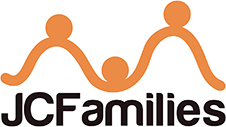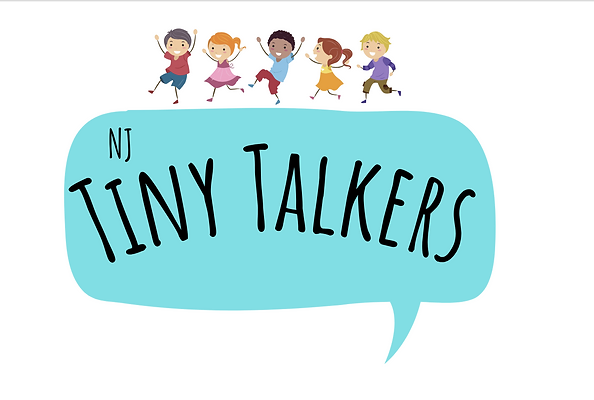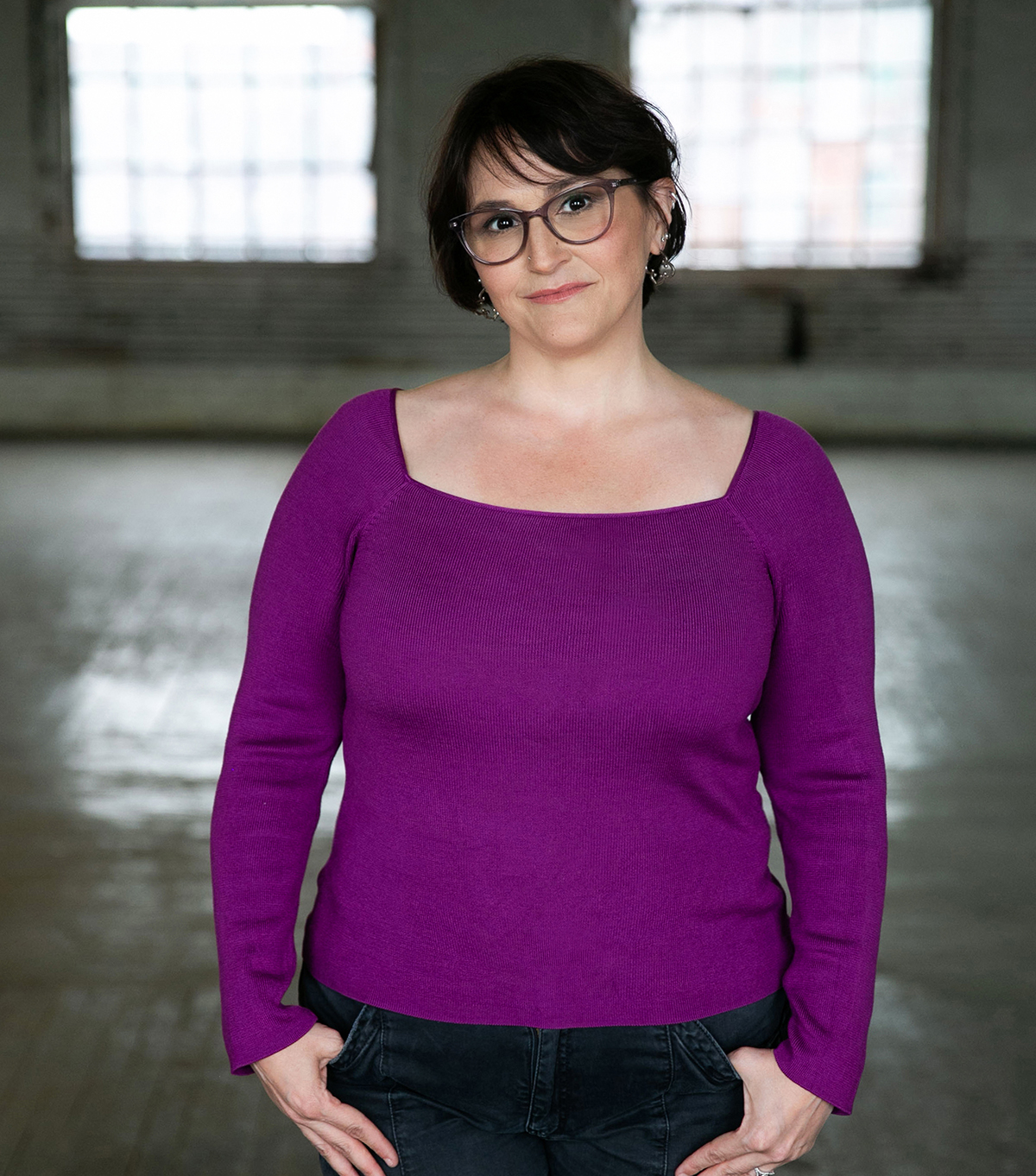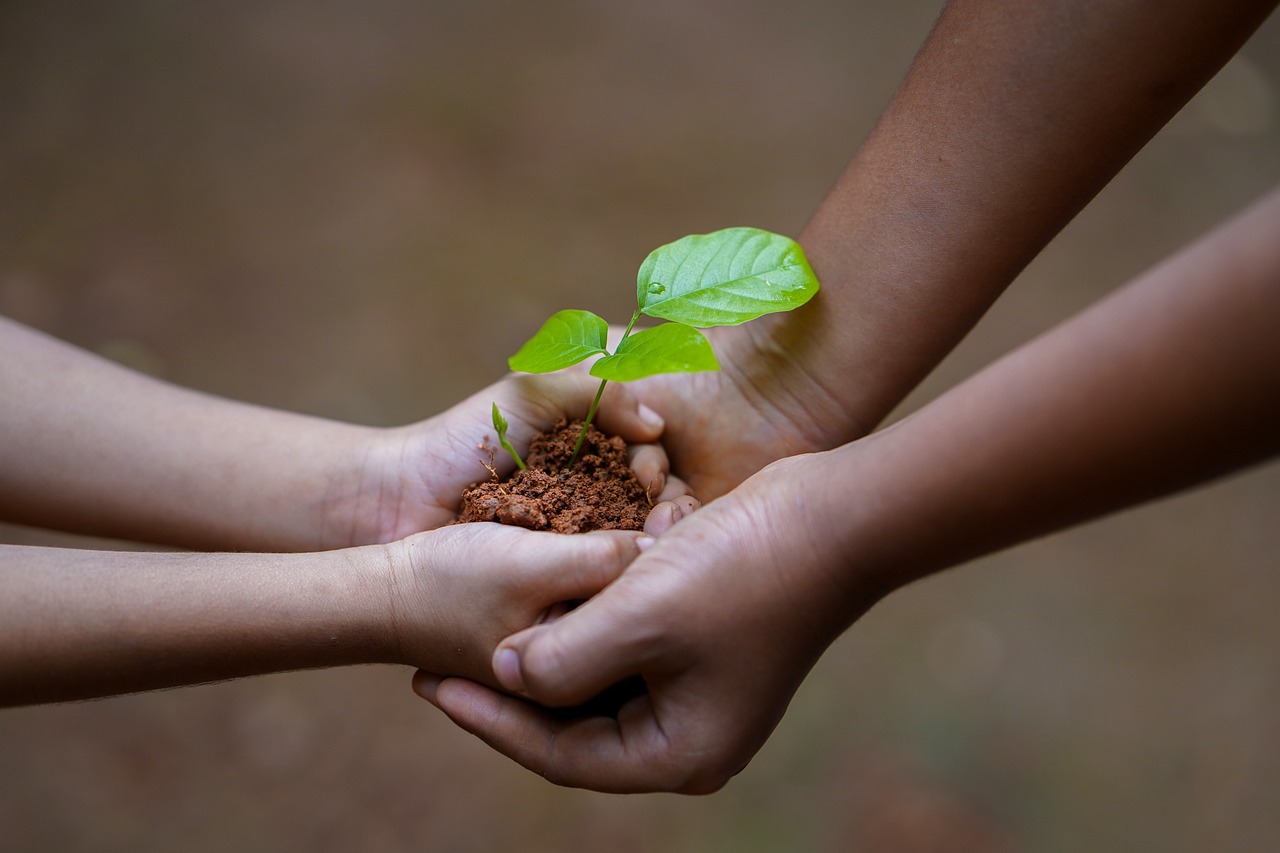
The day you bring home your newborn for the first time will undoubtedly be the most powerful and joyful moment in your life. Until then, you can expect to be a nervous wreck imagining everything that could go wrong and everything you need to do to prepare for the arrival of your child.
A bit of advice: breathe. You can do this—and just because you have a physical disability doesn’t mean you won’t be able to rise to the challenges of parenthood. If you’re still not convinced, here are a few steps for preparing for your first child to put your mind at ease.
Rearrange Home to Maximize Space
Another addition to the family means more space will be shared. More space can be an issue for families, especially when one or more members need a wheelchair or walker to get around. Now that you are expecting another family member, it is a good time to really consider the floor space in your living room, kitchen and bedrooms. As your child grows, they’ll soon move from the crib to the floor, and eventually be able to walk around your home. You need to make sure that everywhere your child can go, you can go as well. One option you may want to consider is to make room by putting some items into storage. The average monthly cost of renting a storage unit in New York, NY, is $92.92.
Make Kitchens and Bathrooms More Accessible
The need for more room becomes especially apparent in tight spaces such as bathrooms and kitchens. These areas can be tricky to maneuver when faced with a physical disability. Perhaps your home is already retrofitted with handrails to help you maneuver around, but now that you are expecting a child, some of these modifications may not facilitate you maneuvering with a child. To better ensure both the safety of you and your child, you should install handrails and grab bars in your kitchen and bathrooms make bathing and feeding your child safer and easier.
Prepare for Safety by Child-Proofing Your Home
Child-proofing is an activity every parent must undertake. As soon as you realize that a toddler will be scurrying around your home, you begin to notice all the potential hazards that exist. Any parent will tell you that the key to keeping your child safe is proactive parenting. That means, before you bring your child home for the first time, you’ve already taken the time to plug up sockets, cover sharp corners, and put child locks on all the bottom cabinets and drawers.
Of course, there are other ways you can prevent an accident by happening to you and your child. If you are carrying your child you want to make sure that the floors you walk on are free of tripping hazards, not excluding your rugs and carpets. It is especially important to make sure that the rugs in your home are non-slip to prevent you from accidentally dropping your child while moving around.
Stay Organized
Now that you are a parent, you’ll have to keep up with a lot of different items such as baby foods, medicines, powders, shampoos and other baby-related products. It can be difficult to keep up with so many different items all at once. When you throw in a physical disability, such as a visual impairment, the task becomes even more difficult. To help stay organized, label the containers for all your products with color-coded stickers, textured, tape, or even Braille labels.
Know Your Resources
Finally, you should know that you do not have to do this alone. You have family and friends who are going to be there by your side, ready to help you out when needed. Additionally, there are plenty of resources out there geared to help you out as a parent with disabilities. Receiving help from others isn’t a sign of a bad parent, but someone who is ready to do everything possible to give their kids a safe, happy life.
Parenting will be one of the biggest challenges you face. However, it will also bring you unmatched joy, countless memories and moments you’ll cherish forever.
About the writer Ashely Taylor: Ashley Taylor is a freelance writer, photographer, and advocate for people with disabilities. She created DisabledParents.org to provide information and resources to other parents with disabilities. When she isn’t working, she enjoys spending time with her husband and two children.







